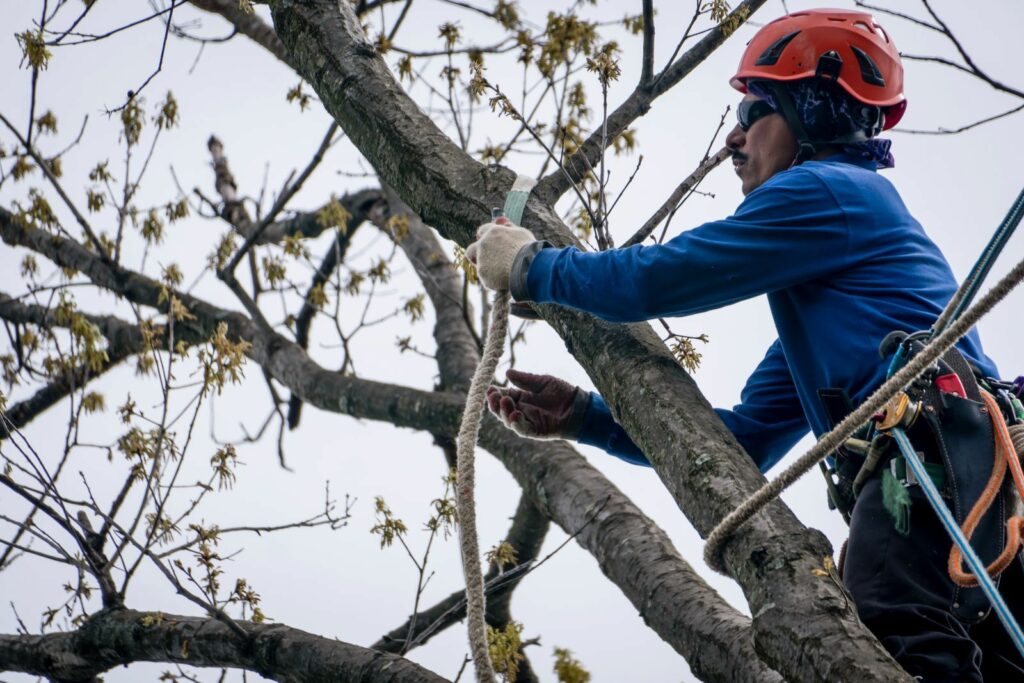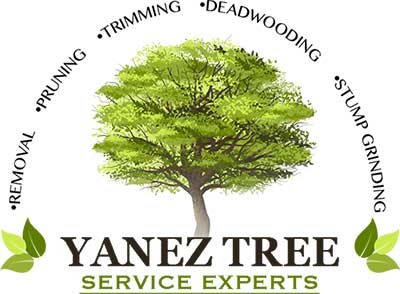
Trees are an essential part of our landscapes, offering shade, beauty, and even improving air quality. However, just like any living organism, trees require regular care and maintenance. One of the most important aspects of tree care is removing deadwood. Deadwood refers to branches or parts of a tree that are no longer living, and if left unchecked, it can cause several issues. In this blog post, we’ll dive into what happens if deadwood isn’t removed and why it’s essential for the health and safety of your trees. We’ll also explain how professional tree care can keep your trees healthy and thriving.
How Deadwood Affects Your Trees
Deadwood is often the result of disease, environmental stress, or natural aging. When branches die, they no longer perform their vital functions, such as transporting nutrients and water. As a result, the overall health of the tree can begin to decline. Here’s what happens when deadwood is left untreated:
- Risk of Disease Spread: Deadwood can become a breeding ground for fungi, bacteria, and pests. These pathogens can easily spread to the rest of the tree, leading to further damage.
- Weakened Structure: Deadwood weakens the structural integrity of the tree. If the deadwood is left hanging, it can fall unexpectedly, posing a safety hazard.
- Interferes with Healthy Growth: As deadwood takes up space in the canopy, it can prevent new, healthy growth from developing. This means your tree might not grow as quickly or as robustly as it should.
The Benefits of Removing Deadwood for Tree Health and Safety
Deadwood removal isn’t just about preventing damage; it’s about maintaining the health and longevity of your tree. Here’s why it’s beneficial to have deadwood removed:
- Promotes Tree Health: By removing deadwood, you allow the tree to focus its energy on healthy growth, improving the overall vitality of the tree.
- Reduces Safety Risks: Deadwood can fall and potentially injure people, damage property, or interfere with power lines. Removing it reduces these risks significantly.
- Improves Aesthetic Appeal: A tree with dead branches often looks unkempt. Removing deadwood enhances the visual appeal of your tree, making your landscape more attractive.
- Prevents Disease Spread: Removing deadwood helps prevent diseases from spreading throughout the tree and can keep nearby trees safe as well.
Important Things to Keep in Mind When Managing Deadwood in Trees
While deadwood is crucial for tree health, there are some important considerations to keep in mind when approaching this task:
- Timing Matters: It’s best to remove deadwood during the dormant season, typically in late fall or early winter. This minimizes stress on the tree and reduces the risk of disease transmission.
- Proper Techniques: Removing deadwood requires precision to avoid damaging the healthy parts of the tree. It’s essential to use the right tools and techniques to prevent unnecessary harm to the tree.
- Professional Help: While it may be tempting to handle deadwood removal yourself, it’s often best to hire professionals. Tree service experts have the knowledge and equipment to safely and effectively remove deadwood without harming the tree.
Common Misunderstandings & Pitfalls About Deadwood
There are several misconceptions about deadwood removal that can lead to mistakes:
- Myth #1: Removing Deadwood Will Harm the Tree: It is a healthy process when done properly. In fact, it helps prevent disease and encourages healthy growth.
- Mistake #1: Not Removing Enough Deadwood: Some people make the mistake of removing only the most obvious deadwood, leaving some behind. However, removing all deadwood from the tree ensures that it stays as healthy as possible.
- Myth #2: I Can Do It Myself Without Professional Help: While it’s possible to remove small deadwood branches on your own, large branches or deadwood that requires climbing can be dangerous. It’s always safer to rely on an experienced tree service professional.
Contact Us Now!
Removing deadwood from your trees is essential for maintaining a healthy, safe, and attractive landscape. Deadwood removal helps prevent disease, promotes growth, and reduces potential hazards. If you’re concerned about deadwood in your trees or need professional help, Yanez Tree Service Experts is here to assist you. Our team has the experience and tools necessary to safely remove deadwood and keep your trees thriving. Contact us today at (301) 503-9806 for expert deadwood removal services.
Frequently Asked Questions
How can I tell if my tree has deadwood?
Look for branches that are dry, brittle, or lack leaves. A simple test is to bend a branch—if it snaps easily and shows no signs of life, it’s likely deadwood.
How often should deadwood removal be done?
Deadwood should be removed whenever you notice it, but it’s typically done once a year, during the dormant season, to ensure the health of your trees.
Can deadwood be removed in all types of trees?
Yes, it is beneficial for all types of trees, but it’s important to follow specific guidelines for each species to avoid unnecessary stress.


No Comments